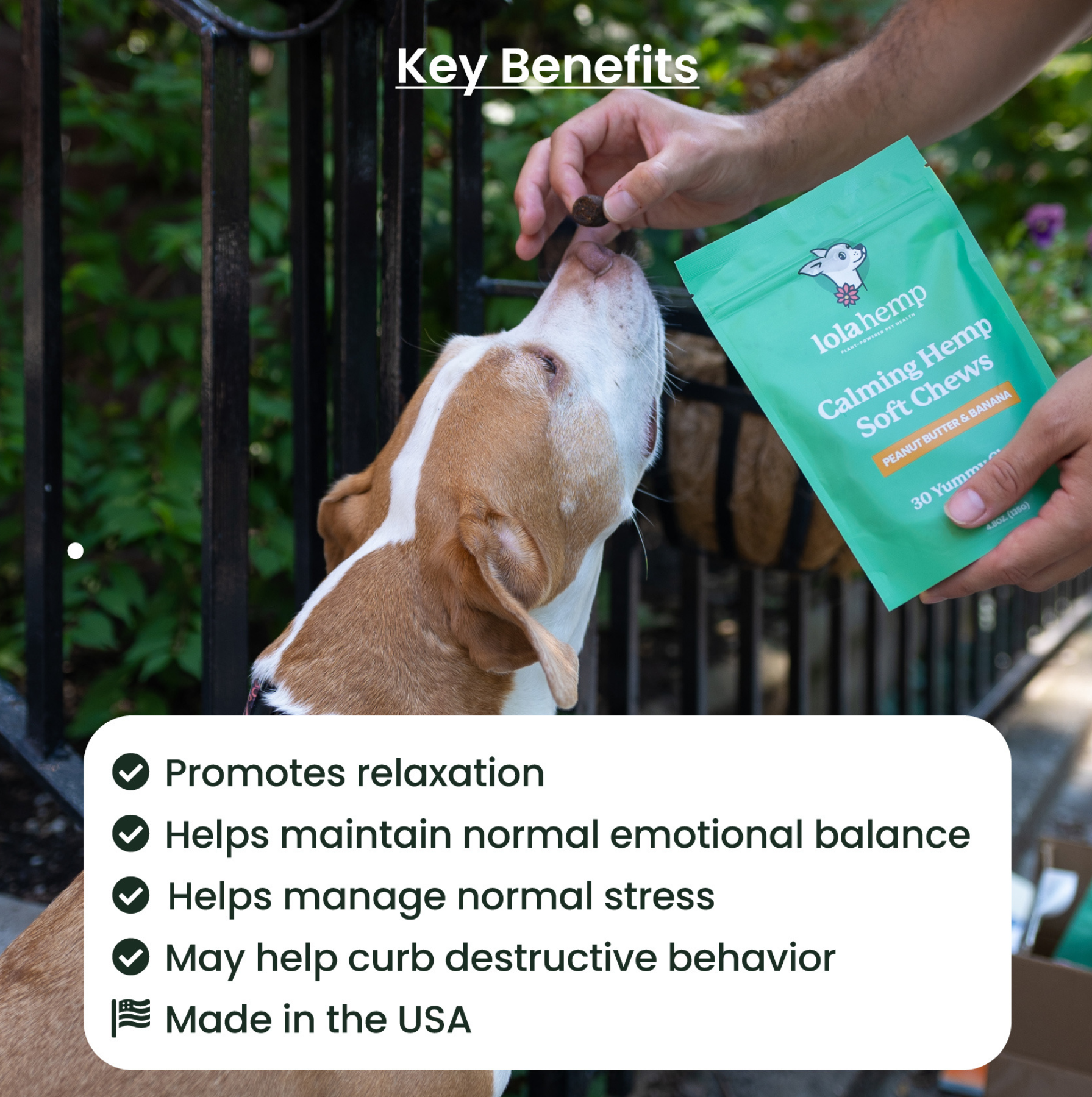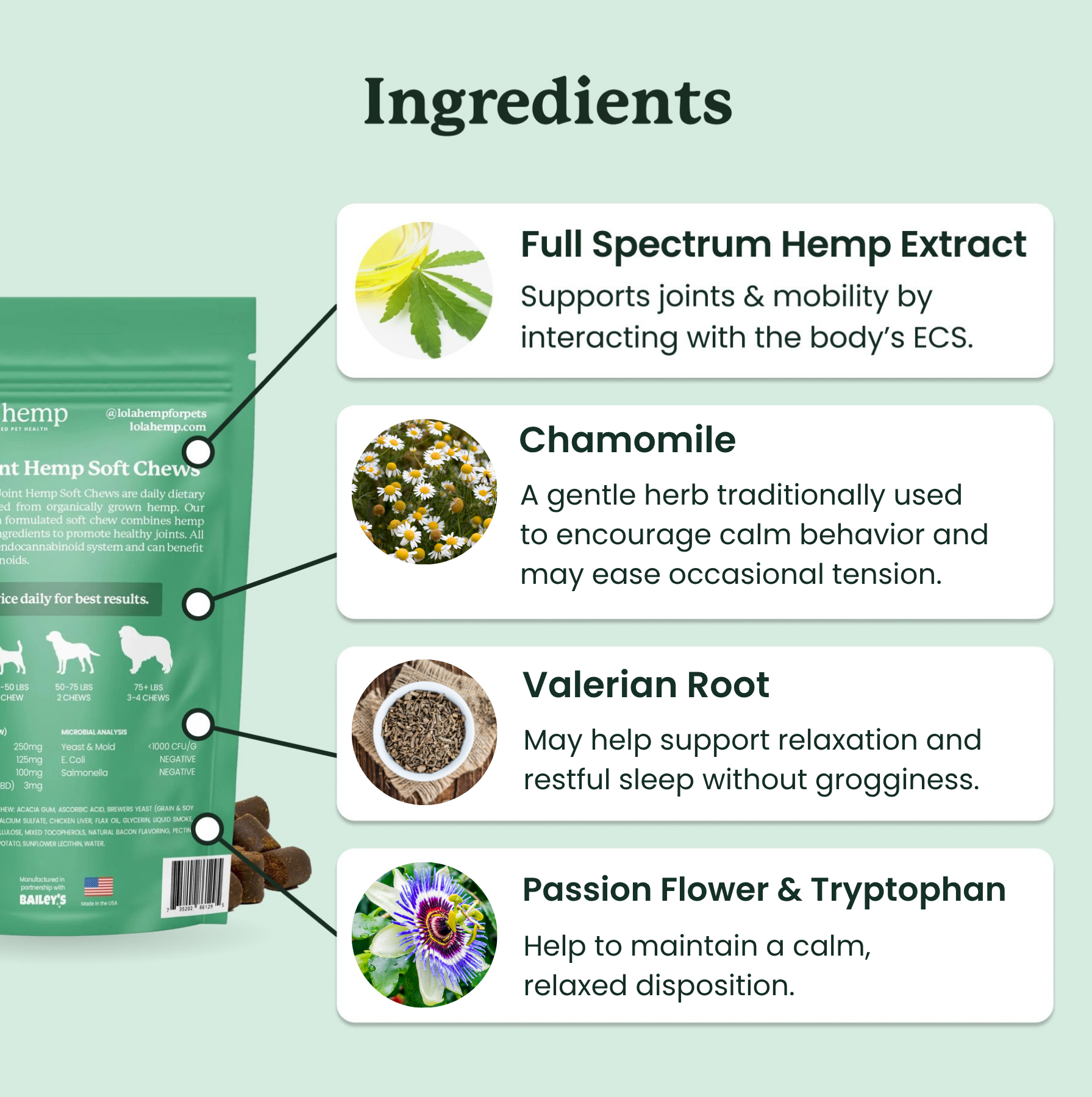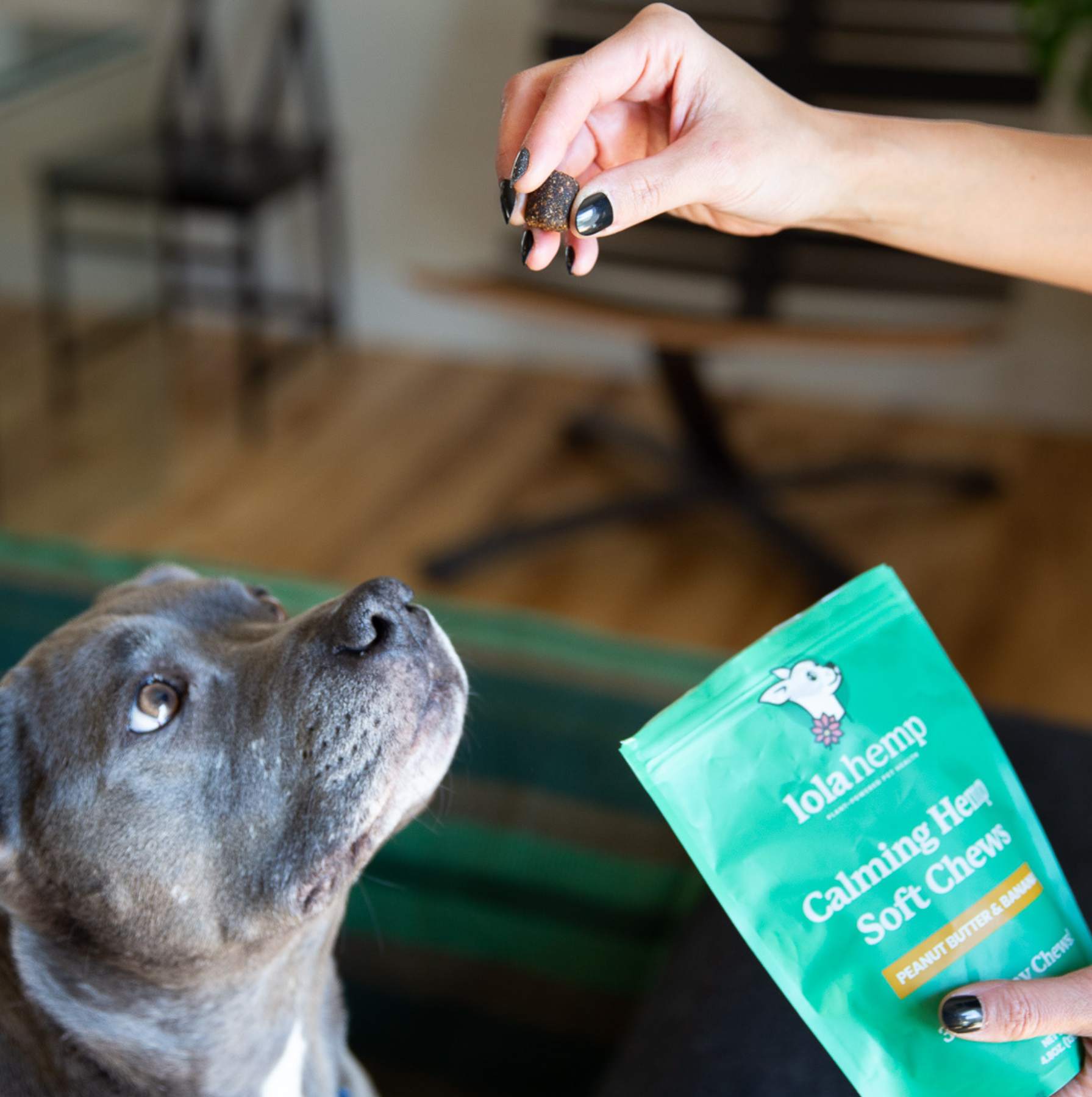If you’ve ever seen your dog twitching, whimpering, or paddling their legs in their sleep, you might have wondered—do dogs have nightmares? Just like humans, dogs go through different sleep cycles, including deep REM sleep, where dreaming occurs.
While we can’t ask them directly, research suggests that dogs likely experience dreams, and sometimes, those dreams might not be so pleasant. In this article, we’ll explore what we know about canine nightmares, what might trigger them, and how you can help if your dog seems distressed while sleeping.
Do Dogs Even Dream in The First Place?
Yes.
Dogs dream. Most dog owners have seen their pooch moving their legs while they’re sleeping, chirping or howling through a nap, or doing something else that suggests they’re in the middle of a dream.
Still, how do we know those are dreaming behaviors and not just some canine-specific sleep behavior?
The Scary Things: Do Dogs Have Nightmares?
So, can dogs have nightmares? And if so, what do dogs have nightmares about?
Unfortunately, dogs have nightmares just like we do. Numerous studies on dog sleep disorders have looked into the issue of nightmares. Still, they haven’t gotten much insight into them.
It’s disheartening to hear your dog whimper or cry during sleep, all the while knowing that they’re dreaming about something scary and anxiety-inducing.
Odds are that a nightmare involves things that you know your dog is scared of. Fireworks, trucks, discipline (from you or someone else), and other dogs might find their way into your dog’s nightmares. It’s very probable that your dog is dreaming about something they’ve experienced.
You can rest a little easier knowing they aren’t dreaming about terrifying monsters, but it’s sad to think they might be dreaming about the time you raised your voice when they peed on the carpet.
We all slip up sometimes.
Is It Your Fault?
Know that it’s not your fault your dog is having nightmares. So long as your dog lives in a loving home, odds are that their nightmares are just a natural byproduct of normal life.
More nightmares than usual could reflect a change in your dog’s environment, though. Maybe there’s a scary dog that just moved in next door or maybe they’ve been getting a new training regimen. Many things could spur a series of nightmares.
You can’t blame yourself, though. Think about nightmares that you’ve had in your own life. Can you attribute them to anything? Probably not.
Sometimes the brain just works up a scary narrative, and we just have to wade through it until we wake up! It’s natural.
Fearful Behavior in Sleep
There are reports of dogs repeating fearful behavior while they’re in dreams.
For example, one dog owner claimed that her dog would only tuck his tail under his legs after it was time to have a bath. Her dog was having a particularly turbulent dream, then suddenly woke up.
When he woke up, he retreated to his owner, tucked his tail under his legs, and behaved just like he would if he’d taken a bath. The owner was absolutely certain that her dog had dreamt that he was in the bathtub.
How to Handle Your Dog’s Nightmares
When your dog is clearly having a bad dream, it’s best to “let sleeping dogs lie.” That saying exists for a reason.
If your dog is having a terrible dream, it might take them a moment to actually wake up from it. They could confuse you for the antagonist of their dream and accidentally bite or scare you.
If you do have to wake your dog up for some reason, it’s best to do so with your voice. Avoid touching or rubbing them. Just use a calm voice and give them space to fully wake up.
How We Know Dogs Dream
One of the most groundbreaking pieces of evidence for animal dreaming comes from an MIT study done in 2002.
The study scanned brain activity in rats as they navigated mazes, then monitored the brains of the same rats as they slept.
All day, these rats worked to decipher maze patterns to find their rewards at the center. Each position in the maze correlated to specific neuron clusters in their brains.
While they slept, researchers monitored their brain activity. When the rats entered REM sleep, their neural activity mirrored what occurred during maze running.
This suggests that the rats were replaying the day’s events in their dreams.
It’s believed that rats, dogs, humans, and many other mammals dream as a way to reinforce learned behaviors.
Common Ties
It’s easy to forget that we have the same parts as dogs because we have the same ancestors. That’s true for all mammals.

All mammals evolved from early mammal-like reptiles about 250 million years ago. Humans and dogs parted evolutionary ways roughly 100 million years ago.
As a result, we share many of the same states of consciousness, including dreams.
The Same Stages of Sleep
Dogs spend roughly half of their time sleeping, and that percentage changes depending on age. Younger and older dogs sleep far more.
As they sleep, they go through the same sleep cycles humans do, though their cycles are shorter.

Dogs have a substantial REM stage—the phase where humans experience vivid dreams. This is also when dogs twitch, paddle their paws, and make noises.
Movement is more common in puppies and elderly dogs because the pons (a part of the brain responsible for inhibiting movement during sleep) is less developed.
Do Dogs Dreaming Dogs Have Seizures?
While it may look like your dog is twitching as if having a seizure, the odds are they’re simply deep in a dream, especially if they’ve never shown seizure activity before.
If They Dream, What Do Dogs Dream About?
Until we create a device that can record and transcribe dreams, we’ll never know exactly what dogs dream about.
Still, we can make some solid guesses. Based on studies in other animals, dogs probably dream about the events of their day—especially anything exciting, stressful, or new.
Their Favorite Things
Dogs don’t always dream about their day. Sometimes, they may be dreaming about things they love.

Many owners have seen the classic “chasing dream”—paws scurrying, tiny yips, and twitching noses. These dreams might be about chasing squirrels, running after the mailman, or playing fetch.
What About Abstract Dreams?
Human dreams can be fantastical and bizarre, but dogs likely don’t dream in the same abstract way.
Dogs probably dream only about things they’ve experienced or can understand. Researchers believe they cannot visualize unfamiliar or abstract concepts.

Conclusion
While we can’t know for sure exactly what our dogs dream about, evidence suggests that they likely experience both pleasant dreams and the occasional nightmare. Their twitching paws, whimpers, or sudden movements during sleep are natural parts of the dreaming process and usually nothing to worry about.
However, if your dog frequently wakes up distressed or seems unusually anxious at night, it might be worth looking into possible triggers, such as stress or changes in their environment. Providing a comfortable sleeping space and a calm bedtime routine can help ensure they get restful, peaceful sleep. After all, every pup deserves sweet dreams.
Dog Nightmares & Dreaming in Dogs: Frequently Asked Questions
Do dogs have nightmares?
Yes, dogs can experience nightmares during REM sleep, often related to stressful or scary experiences.
Why do dogs twitch or whimper in their sleep?
These movements usually occur during REM sleep and are normal signs of dreaming.
Should I wake my dog up from a nightmare?
It’s best to avoid touching your dog. If necessary, use your voice gently to wake them.
What causes nightmares in dogs?
Nightmares may stem from stress, fear, past experiences, or changes in routine or environment.
Can CBD help dogs with nightmares?
Some calming supplements, including CBD, may help reduce nighttime anxiety. Consult your veterinarian first.










